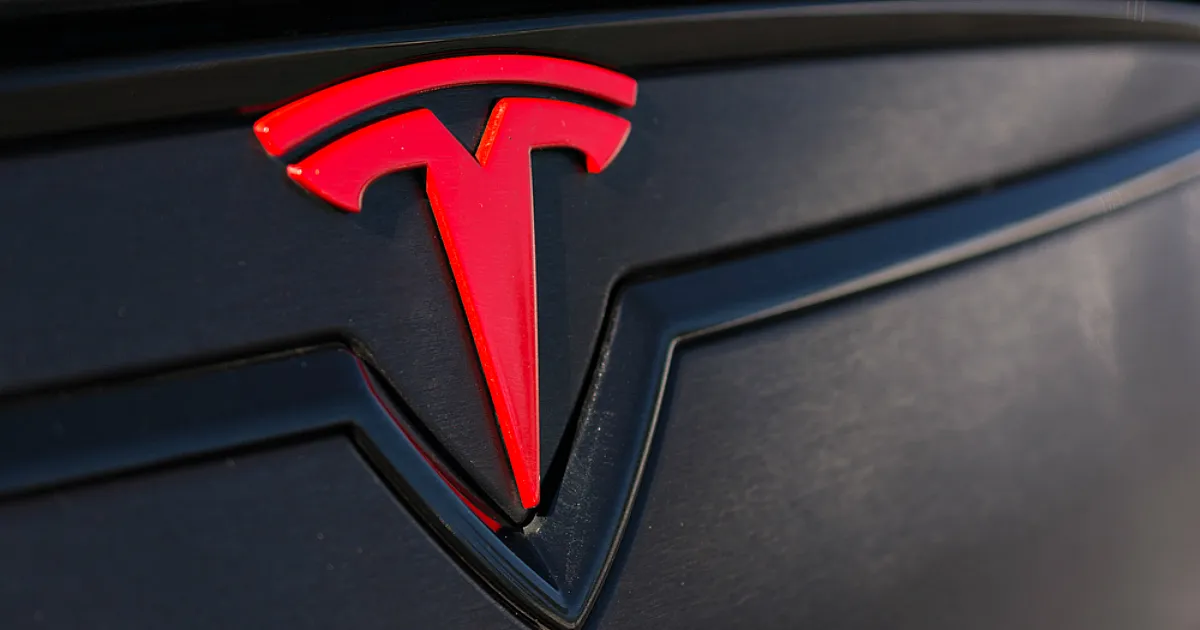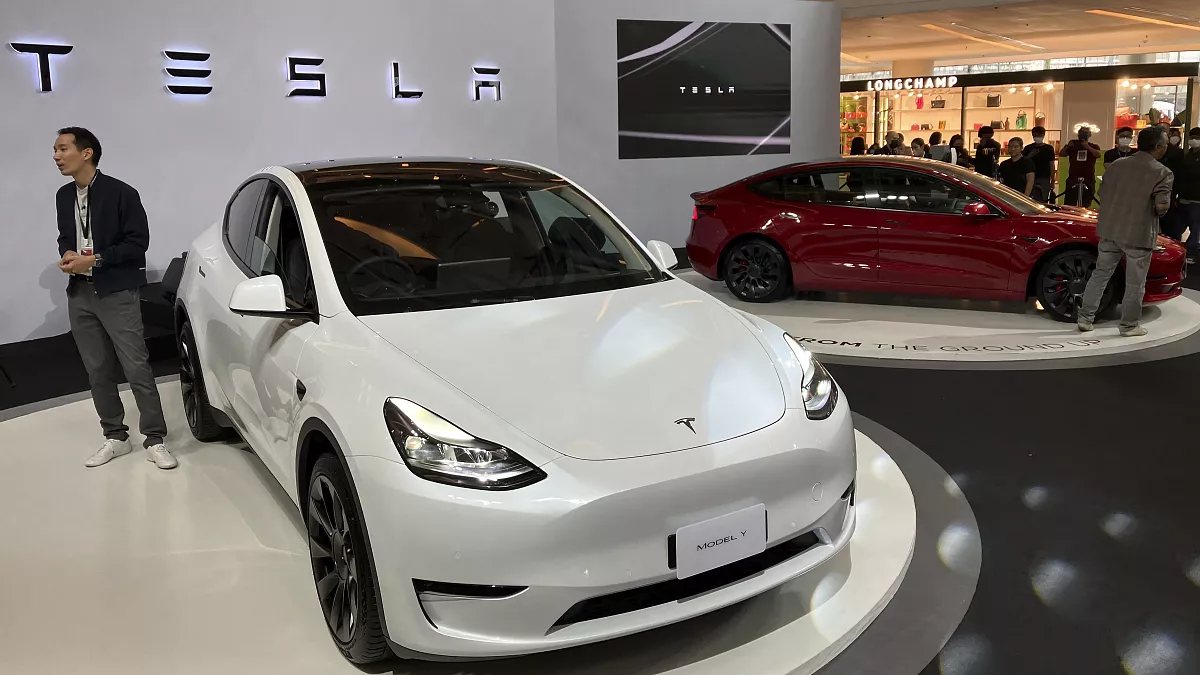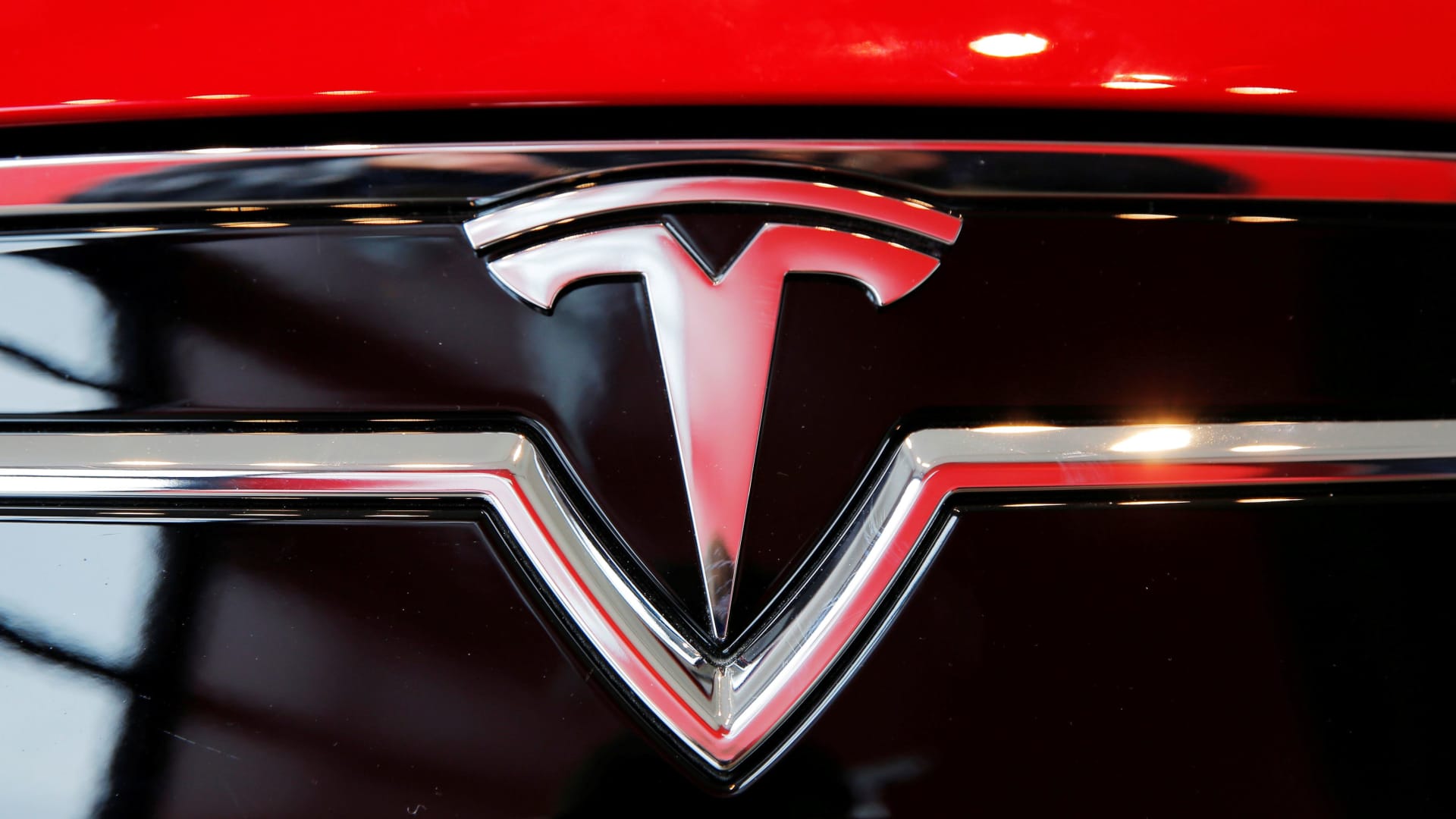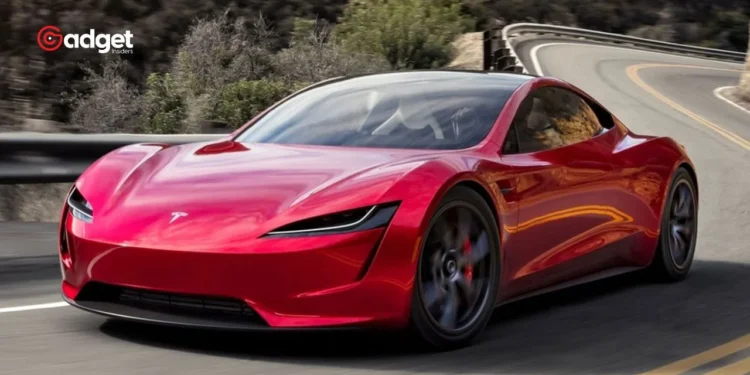Tesla Inc., the electric vehicle (EV) pioneer known for its ambitious goals and disruptive technology, has recently made a notable change in its annual impact report. The company, led by the visionary CEO Elon Musk, has quietly removed its previous target of producing 20 million vehicles annually by 2030. This omission is a significant indicator of Tesla’s evolving focus, shifting from sheer production numbers to enhancing technological advancements, particularly in autonomous driving.
In its latest 2023 impact report, Tesla continues to emphasize its mission “to displace fossil fuels by selling as many Tesla products as possible.” However, this year’s document conspicuously lacks the specific numeric goal found in the 2021 and 2022 reports. This change suggests a strategic pivot that might be aligning more with Musk’s recent endeavors into autonomous technology, particularly the development of a fully driverless car.

Sales and Strategic Adjustments
Despite the ambitious goals set in previous years, Tesla has faced a series of challenges that have impacted its production capabilities and growth trajectory. The company sold approximately 1.8 million vehicles in 2023 but has already indicated that its growth rate this year would be “notably lower.” This revised forecast comes amid a broader context of economic shifts and internal recalibrations within Tesla.

Elon Musk, who has a history of setting high bars for Tesla’s performance and innovation, promised in April to introduce less-expensive vehicle models by late 2024. This move is likely a strategy to boost sales and make EVs more accessible to a broader market.
However, insiders suggest that Musk’s primary focus has been on the August 8 unveiling of its fully autonomous vehicle. This pivot towards autonomy could be a game-changer in the automotive industry, positioning Tesla not just as a car manufacturer but as a leader in AI-driven transport solutions.
The Autonomy Over Production Narrative
The shift in company’s reporting could be interpreted as a response to the practical challenges of scaling production to meet the initial 20 million target or as a strategic decision to prioritize quality and technological innovation over quantity. company’s push towards autonomous driving technology could represent an evolution of the company’s business model, from manufacturing electric cars to providing comprehensive, AI-driven mobility solutions.
Insane video from a Tesla parked outside 3West Restaurant in #Temple Texas as an EF-2 Tornado (max winds 120 mph) moves over it. James Wilson and his wife took shelter inside the restaurant. Thankfully, no one was hurt, but the car…well…that's a different story. Video… pic.twitter.com/6MaPocSqwP
— Chikage Windler WX (@ChikageWeather) May 24, 2024
This realignment might also reflect broader trends in the automotive industry, where companies are increasingly investing in smart technologies and software-driven solutions. As company redirects its focus towards these areas, it continues to play a pivotal role in shaping the future of transportation, emphasizing sustainability and innovation.

Tesla’s Autonomous Vehicle Unveil: A Game-Changer
As company prepares to unveil its fully autonomous vehicle, the industry and investors alike are keenly watching. This shift could potentially redefine mobility and further solidify its position at the forefront of the electric vehicle market. The company’s ability to adapt its goals and strategies in response to changing technological landscapes remains a critical aspect of its sustained growth and influence in the sector.
In summary, Tesla’s latest report adjustments suggest a strategic pivot that aligns with Musk’s vision of the future of transport — a future where autonomy and sustainability are at the forefront. This approach may not only redefine the company’s trajectory but also influence the entire automotive industry’s move towards a more connected and automated future.










